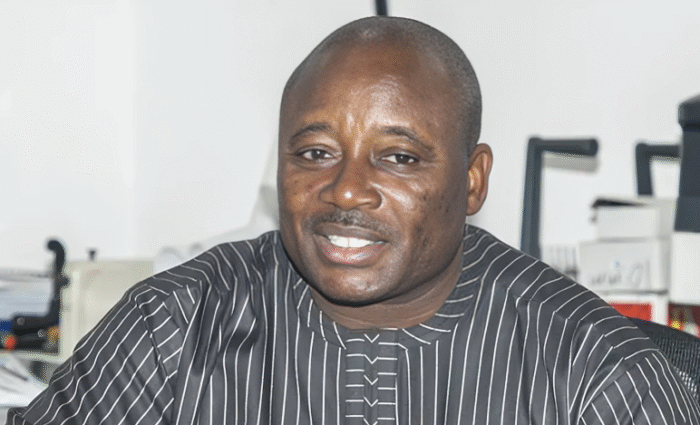By Prince Ahenkorah
The Ghana AIDS Commission, has unveiled plans to roll out an HIV preventive drug by 2026 in a renewed effort to curb the virus, which recorded more than 15,000 new infections last year.
Director-General of the Commission, Dr. Prosper Akanbong, speaking on Tuesday, September 30, explained that the intervention aims not only to boost prevention strategies but also to strengthen local pharmaceutical capacity.
“As a country, we have already integrated the vaccine into our HIV prevention strategy. At the initial stage, we will import it, but local pharmaceutical organizations are well-positioned to produce it here in Ghana,” he noted.
Dr. Akanbong revealed that talks have been held with pharmaceutical companies, with support from GIZ, to ensure sustainable rollout. “Together with GIZ, we are on track. By late 2026 or early 2027, Ghana should be producing HIV vaccines locally,” he added.
The announcement comes against the backdrop of sobering statistics. In 2024 alone, Ghana recorded about 15,290 new HIV infections and 12,614 AIDS-related deaths, according to the National and Sub-National HIV and AIDS Estimates.
Despite significant progress over the years, these figures highlight enduring weaknesses in the country’s healthcare system.
Women accounted for 67.4% of new cases (10,303), while men made up 32.6% (4,987). Children, meanwhile, represent 5.4% (18,229) of people living with HIV, reflecting gaps in protecting vulnerable populations. Antiretroviral therapy, however, prevented over 12,000 deaths last year.
Regional disparities remain stark. Greater Accra carried the heaviest burden with 77,821 cases and 3,436 new infections, followed by Ashanti (54,824) and Eastern (42,386).
On the other end of the spectrum, the North East Region recorded the lowest prevalence (0.43%) and only 97 new infections.
The Bono Region, however, recorded the highest adult prevalence rate at 2.22%, with Dormaa East District spiking to 5.36%, more than triple the national average of 1.49%.
Acting Director-General of the Commission, Dr. Kharmacelle Akanbong, warned that these inequalities must shape the national response, particularly as stigma and funding shortages continue to restrict testing in rural areas and among high-risk groups such as men who have sex with men (MSM), where testing coverage remains as low as 26.6%.
Ghana’s progress toward the UNAIDS 95-95-95 targets remains off track. Only 68% of people living with HIV know their status, 69% of those diagnosed are on treatment, and while 90% of those on treatment achieve viral suppression, just 47% of all HIV-positive Ghanaians are receiving life-saving therapy.
Dr. Emmanuel Teviu, Acting Manager of the National AIDS Control Programme, had earlier attributed this to the limited reach of clinic-based testing. He emphasized the importance of self-testing kits, which provide a discreet and accessible option for marginalized groups.
Funding challenges further complicate the fight. While stocks of key drugs like Tenofovir/Lamivudine/Dolutegravir (TLD) are stable, supplies of pediatric formulations such as Abacavir/Lamivudine are critically low, threatening treatment continuity for more than 18,000 children.
Reduced U.S. support under PEPFAR has also weakened prevention and human rights programs, prompting the Ghana AIDS Commission, UNAIDS, and the newly established Ghana Medical Trust Fund (Mahama Cares Initiative) to explore integrating HIV financing into chronic disease management.


